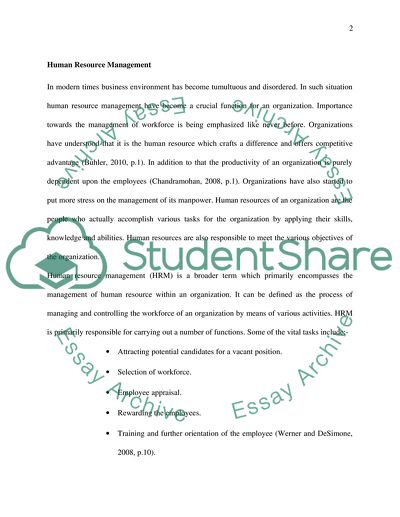Cite this document
(“Emerging Issues in Human Resource Management and Industrial Relations Essay”, n.d.)
Emerging Issues in Human Resource Management and Industrial Relations Essay. Retrieved from https://studentshare.org/human-resources/1601595-emerging-issues-in-human-resource-management-and-industrial-relations
Emerging Issues in Human Resource Management and Industrial Relations Essay. Retrieved from https://studentshare.org/human-resources/1601595-emerging-issues-in-human-resource-management-and-industrial-relations
(Emerging Issues in Human Resource Management and Industrial Relations Essay)
Emerging Issues in Human Resource Management and Industrial Relations Essay. https://studentshare.org/human-resources/1601595-emerging-issues-in-human-resource-management-and-industrial-relations.
Emerging Issues in Human Resource Management and Industrial Relations Essay. https://studentshare.org/human-resources/1601595-emerging-issues-in-human-resource-management-and-industrial-relations.
“Emerging Issues in Human Resource Management and Industrial Relations Essay”, n.d. https://studentshare.org/human-resources/1601595-emerging-issues-in-human-resource-management-and-industrial-relations.


